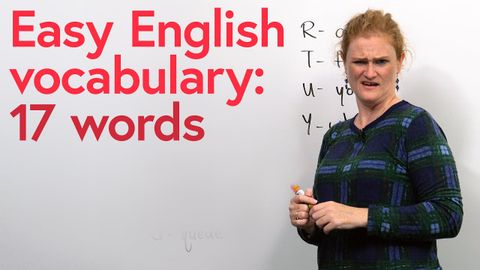アルファベットで英単語を学ぶ。Iは「eye」、Tは「tea」...。 (Learn English vocabulary with the alphabet: I is for “eye”, T is for “tea”...)
Summer が 2021 年 07 月 03 日 に投稿  この条件に一致する単語はありません
この条件に一致する単語はありませんUS /prəˌnʌnsiˈeʃən/
・
UK /prəˌnʌnsiˈeɪʃn/
- n. (c./u.)発音;正確な発音;発音の仕方;発音ガイド
US /ɪkˈsprɛʃən/
・
UK /ɪk'spreʃn/
- n. (c./u.)表現;語句;表情;式;表現;表現
US /ˈbesɪkəli,-kli/
・
UK /ˈbeɪsɪkli/
US /voˈkæbjəˌlɛri/
・
UK /və'kæbjələrɪ/
エネルギーを使用
すべての単語を解除
発音・解説・フィルター機能を解除
